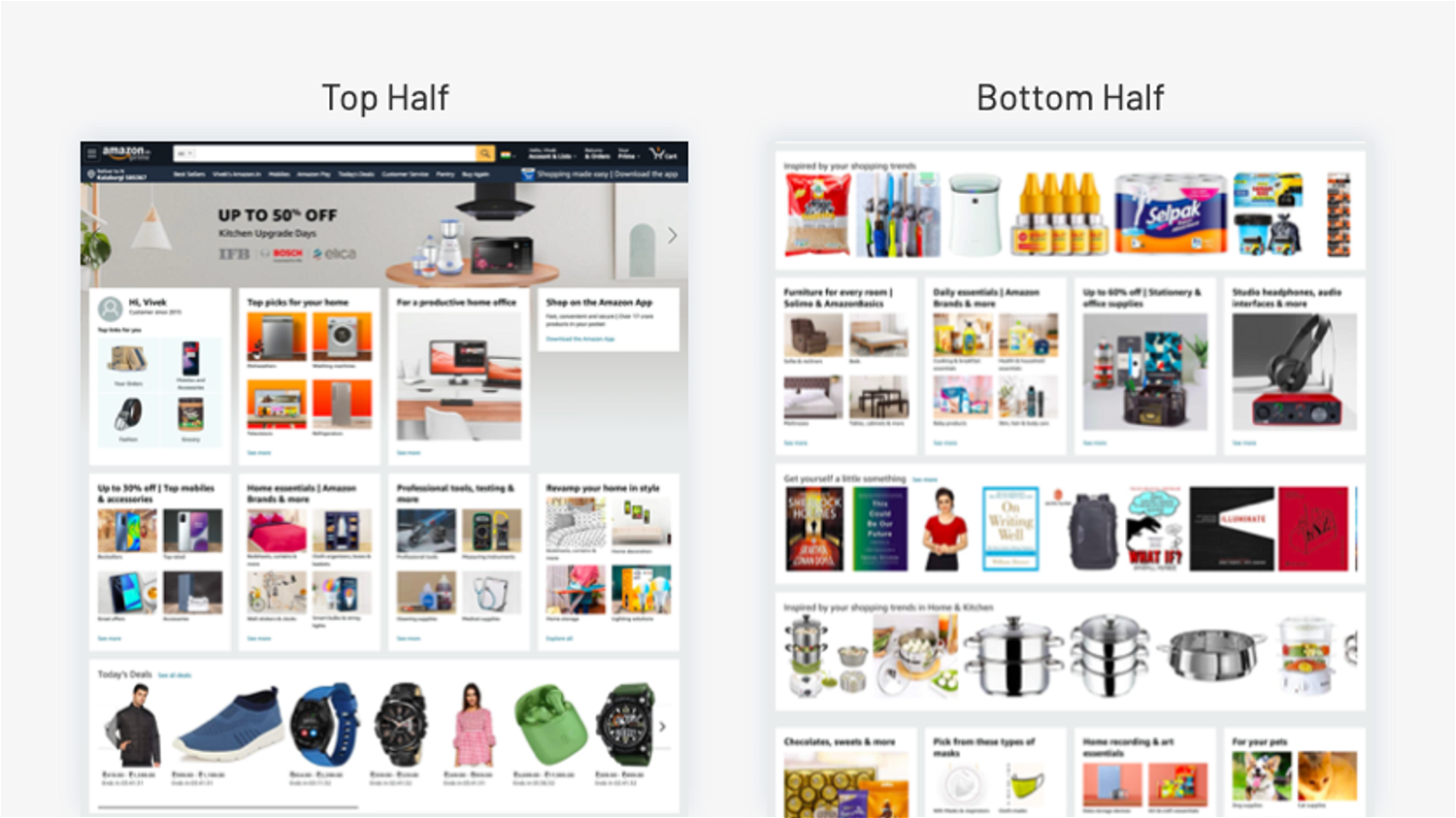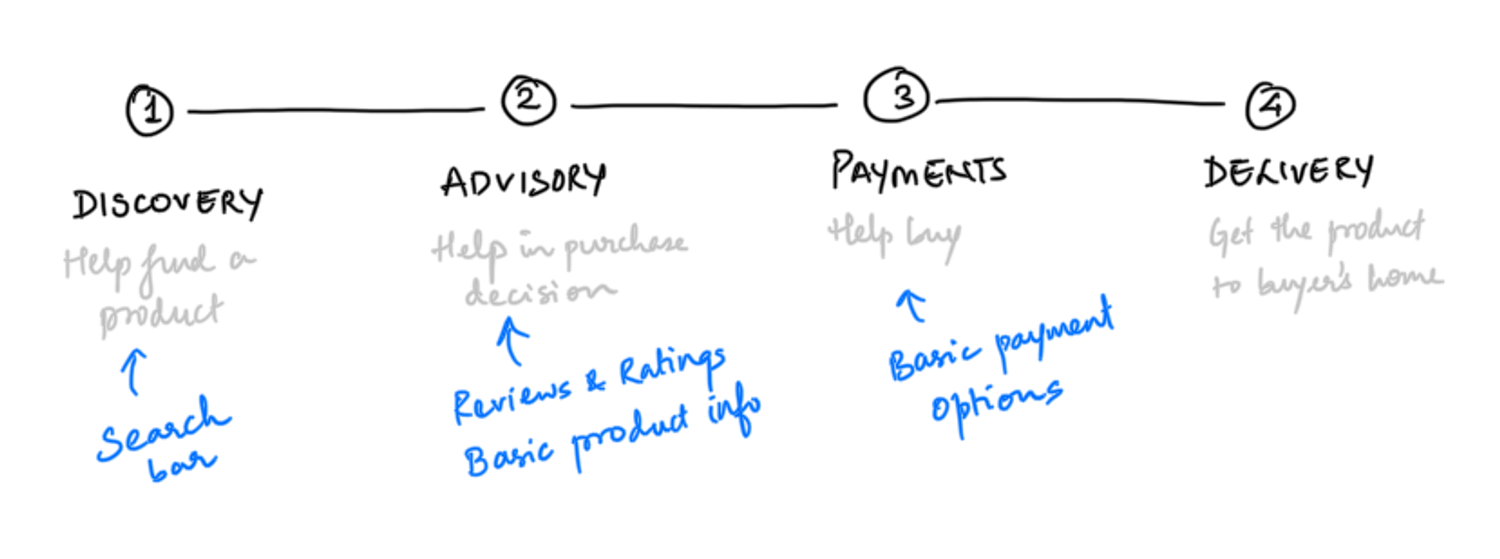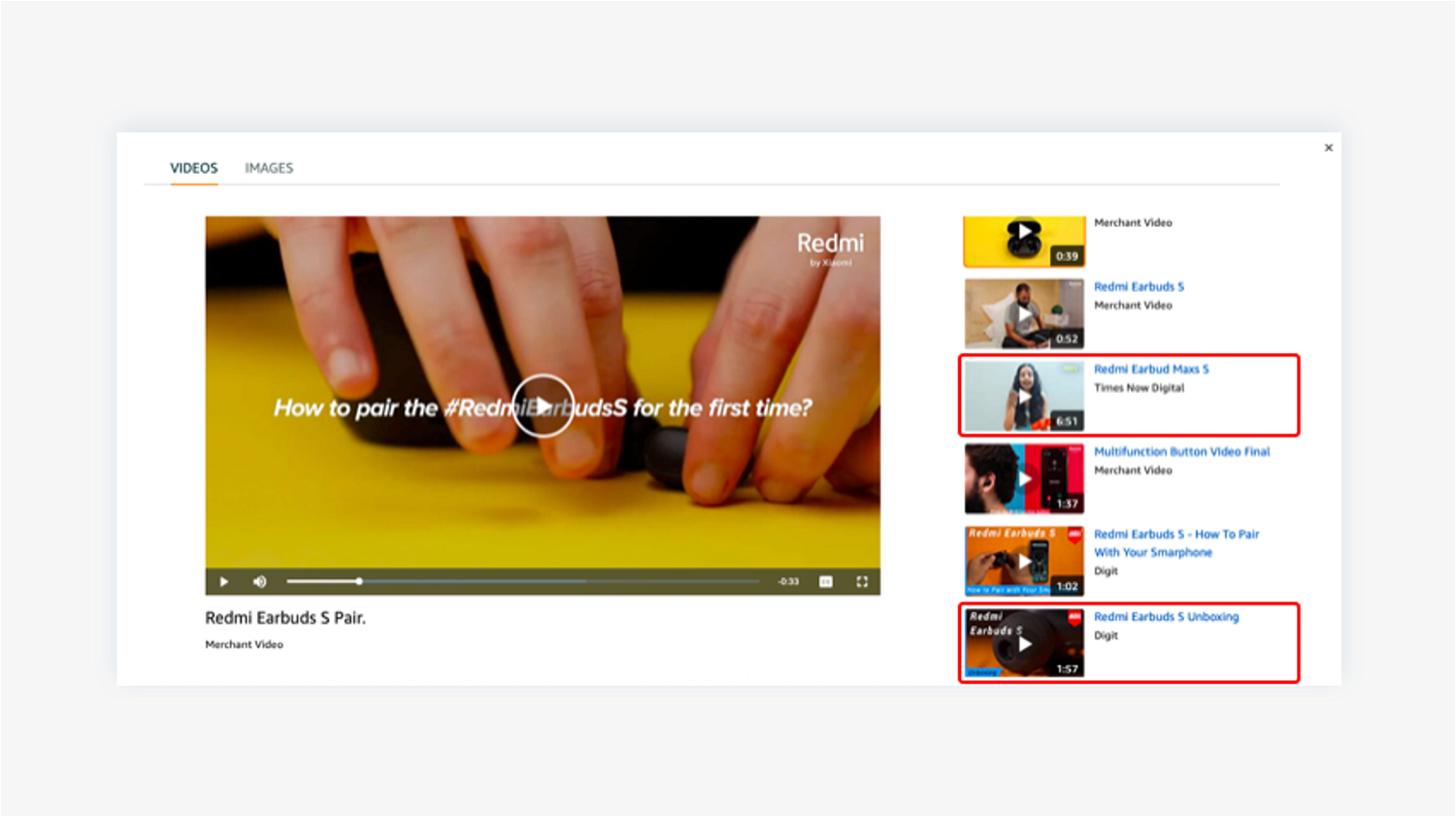Published: 02-Dec-2020
The Curious Case of Amazon's Homepage
I was scrolling through my Twitter feed mindlessly as usual when I saw this interesting question by Aditya.

It's interesting because you would expect a customer-centric company like Amazon to have fixed this by now. Surely they have all the data to personalize your home page - what kind of products you buy, when you buy, which brands or price ranges you prefer, etc. They should be able to use this to predict what I might need/want to buy and show them to me on the homepage.
But this is how my Amazon homepage looks.

Whatever little personalization is currently done like "top picks for you" or "inspired by your shopping trends" is either irrelevant or lost in this overload of pictures. So why has Amazon not fixed this? And will Amazon ever fix this?
My guess is Amazon will fix this....eventually. It's just not a focus area for them right now. Let me explain.




